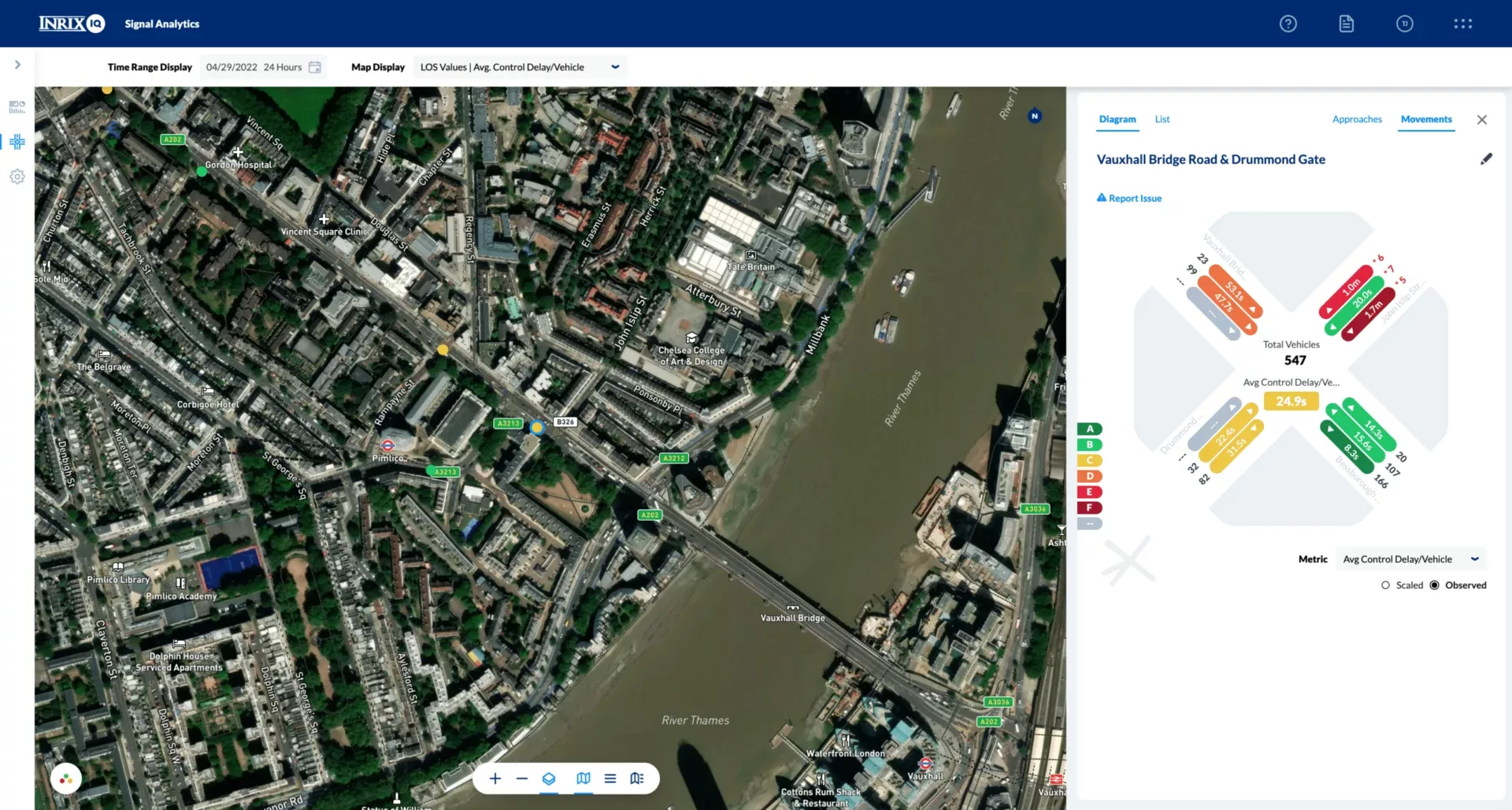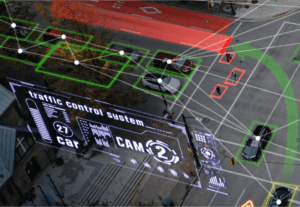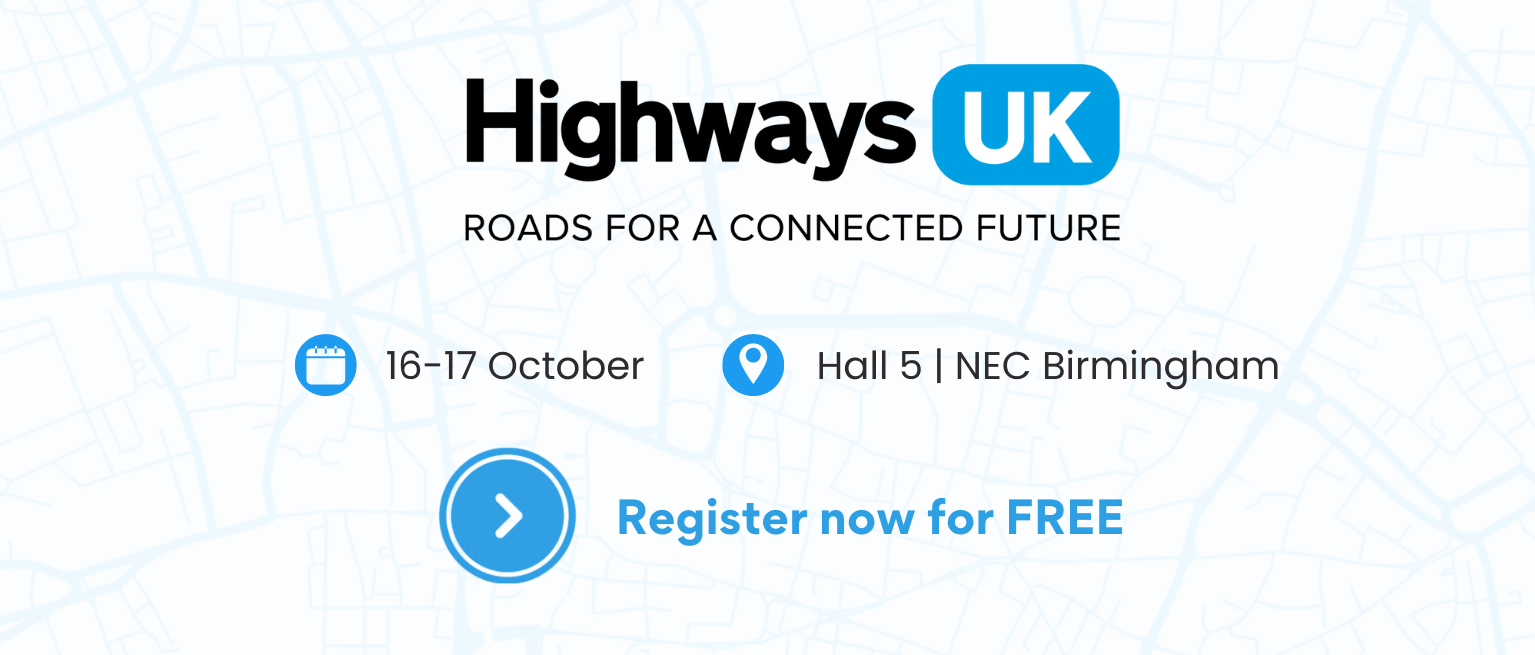Local Authorities and the supply chain have been updated about the latest advancements in Connected Vehicle technology at a Transport Technology Forum webinar, as they were reminded that data is available here-and-now and free to access.
The comments at the Connected Vehicle Working Group were made by INRIX Director Dominic Paulo, who explained how they licence to the Department for Transport historic data about movements and travel times of vehicles across the Major Road Network. This can be used by any Governmental body without charge, or by any third party working on behalf of a governmental organisation. Other licences include data for the Strategic Road Network, London and the West Midlands. The webinar reminded users of many other open data sets such as Streetmanager, the Bus Open Data Service and the Ordnance Survey road speed sets that authorities can use. The TTF will be producing a listing of these on its website.
The meeting also heard about new data gathered from vehicles by NIRA Dynamics that can measure road friction, temperature and how wet the road is, as well as identifying potholes and the general road state. Meanwhile Aisin explained how they harvests connected vehicle data to identify high-risk areas on roads before crashes occur.
Fellow connected vehicle technology company HAAS Alert explained its Safety Cloud technology supplying alerts to vehicles’ dashboards about hazards and emergency vehicles, while data analysts Agilysis showed how it harnesses new data extraction techniques using satellite imagery, open dashcam footage and mapping and cross-references this with connected vehicle data to gather road infrastructure, traffic speed and road user flow information.
Participants were also reminded about £20 million of funding from the Intelligent Traffic Management Fund (ITMF), part of the Government’s Plan for Drivers. This money, expected to be delivered in packages worth around £2 million each, gives authorities the chance to deploy advanced technology for traffic signals, using emerging technologies to optimise traffic flow and balance traffic across city centres. Those interested in bidding for funding were urged to think about policy-led problem-solving using AI and big data (perhaps tapping into the open feed) above alongside latest, updated versions of more traditional technology. Proposals might take time to form, so they were urged to start forming consortia now, and these must be led by a Local Authority.
The webinar also heard from Peter Simm of Mobius Networks, who gave an update on 2G and 3G switch off. He led a myth-busting debate that concluded that 4G and 5G were more than adequate latency-wise for many, but not all, C-ITS applications, but that choosing how to backhaul the data is the key to rapid data transfer.
Finally, the group thanked Peter Stoker of UTAC Millbrook for all his support over the years, as he heads towards retirement.
The next Working Group meeting will take place in person on 23 April ahead of the full TTF Conference at Leonardo Hotel Hinckley Island in Leicestershire on 24 and 25 April. Working Group members are encouraged to suggest any themes they want discussed by contacting Group Chair Andy Graham of White Willow Consulting through LCRIG.
(Picture – INRIX)
























